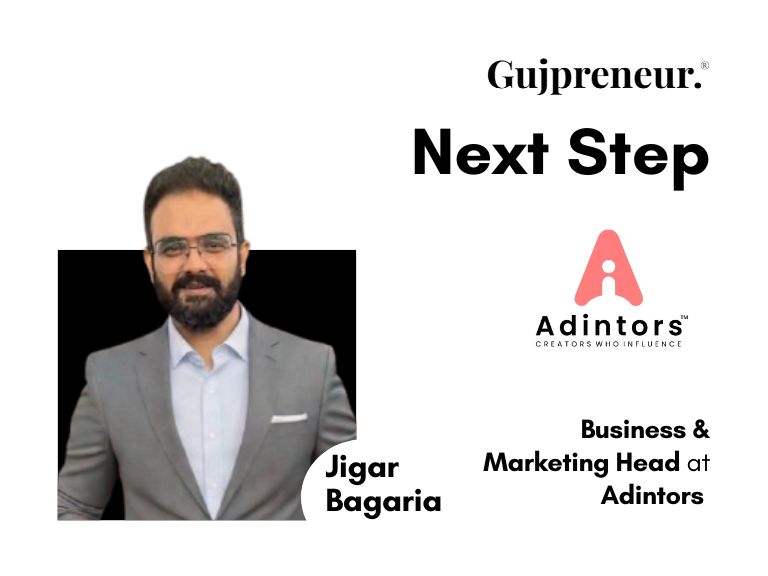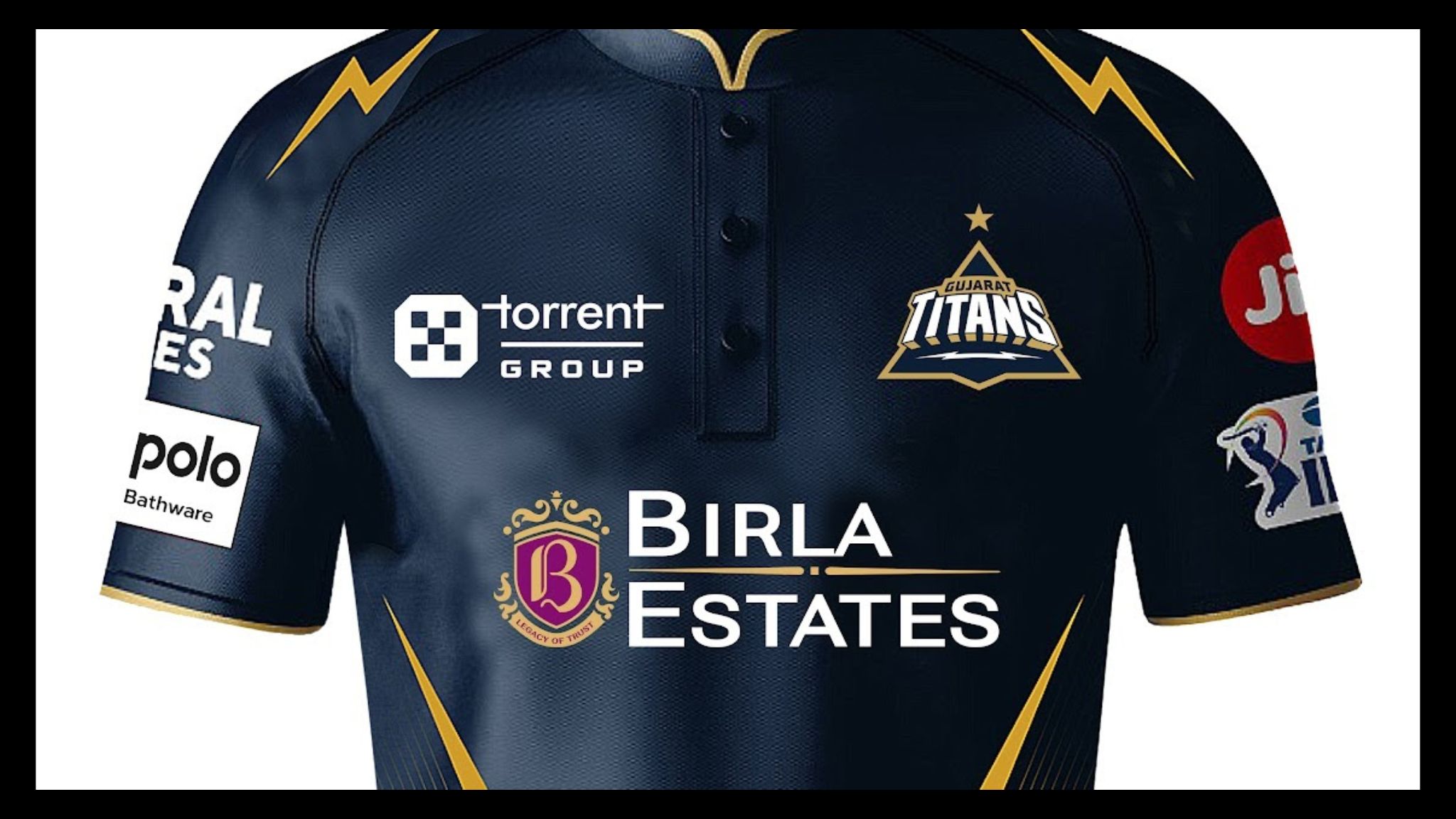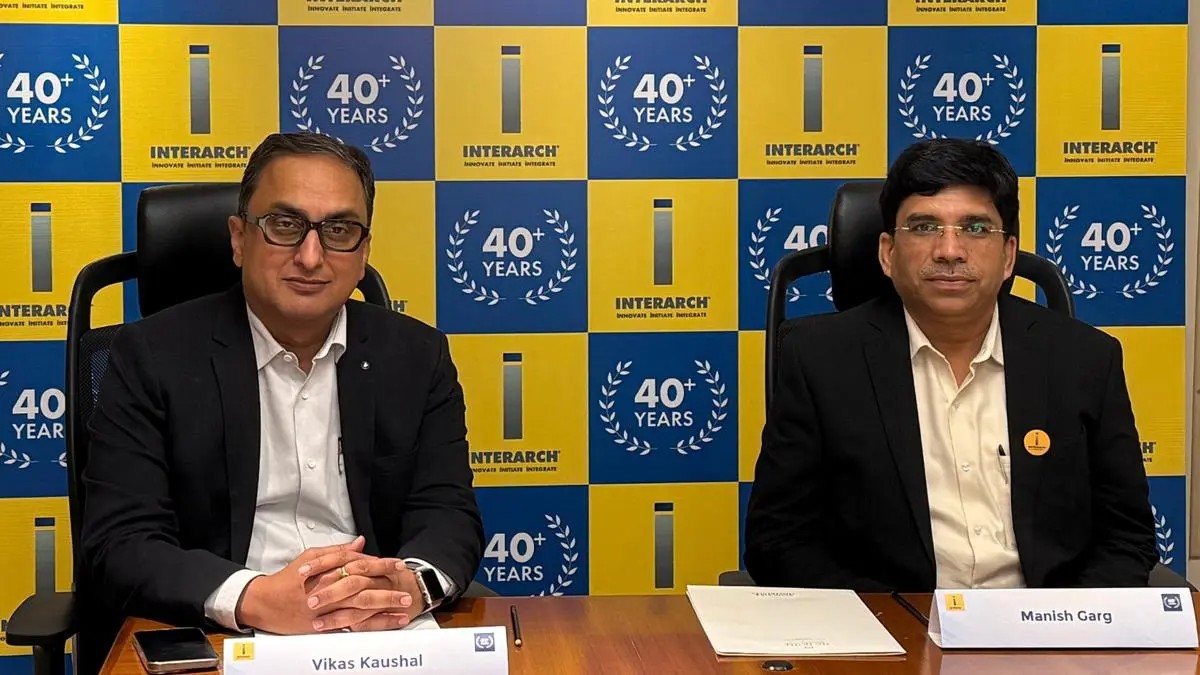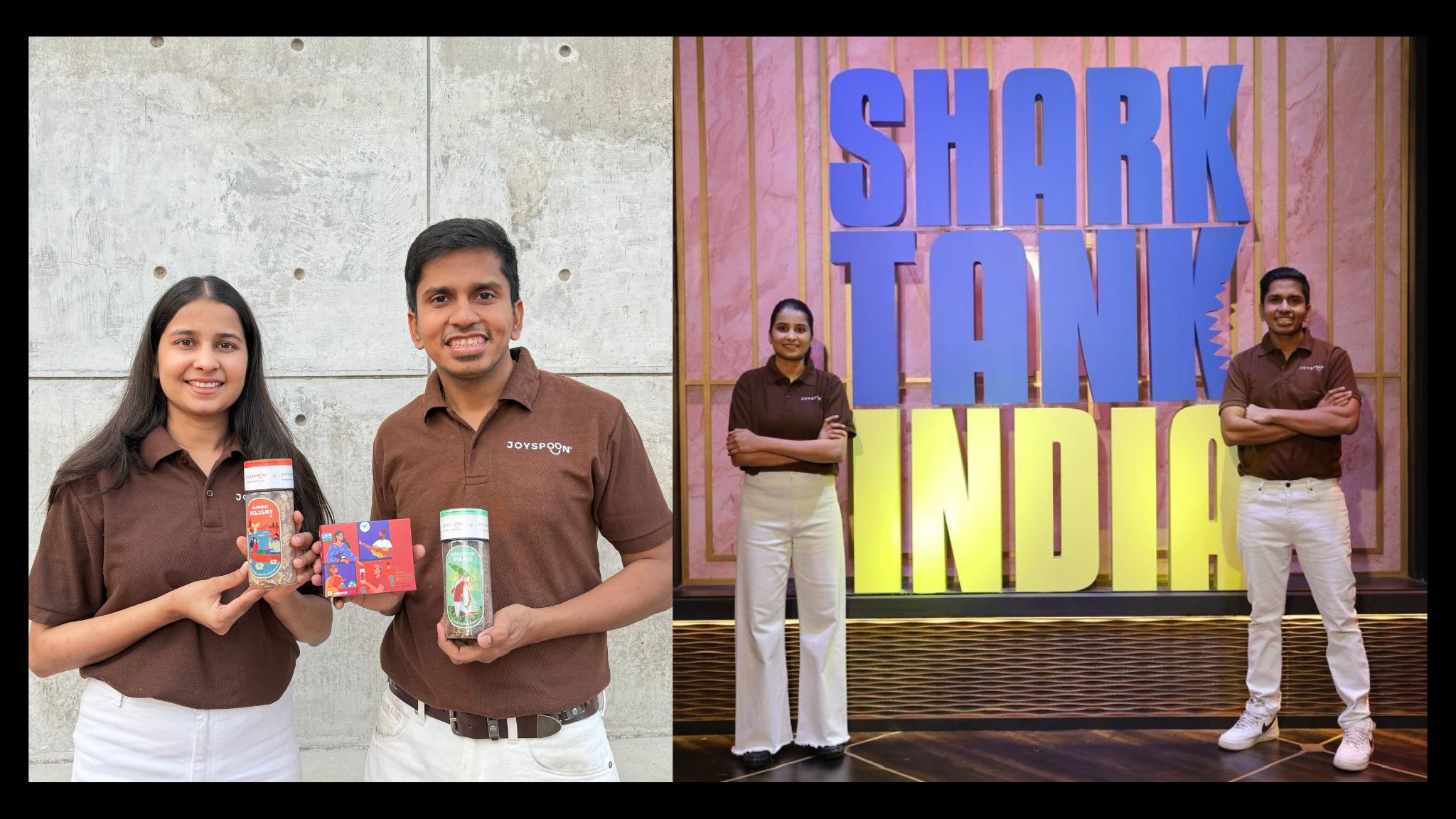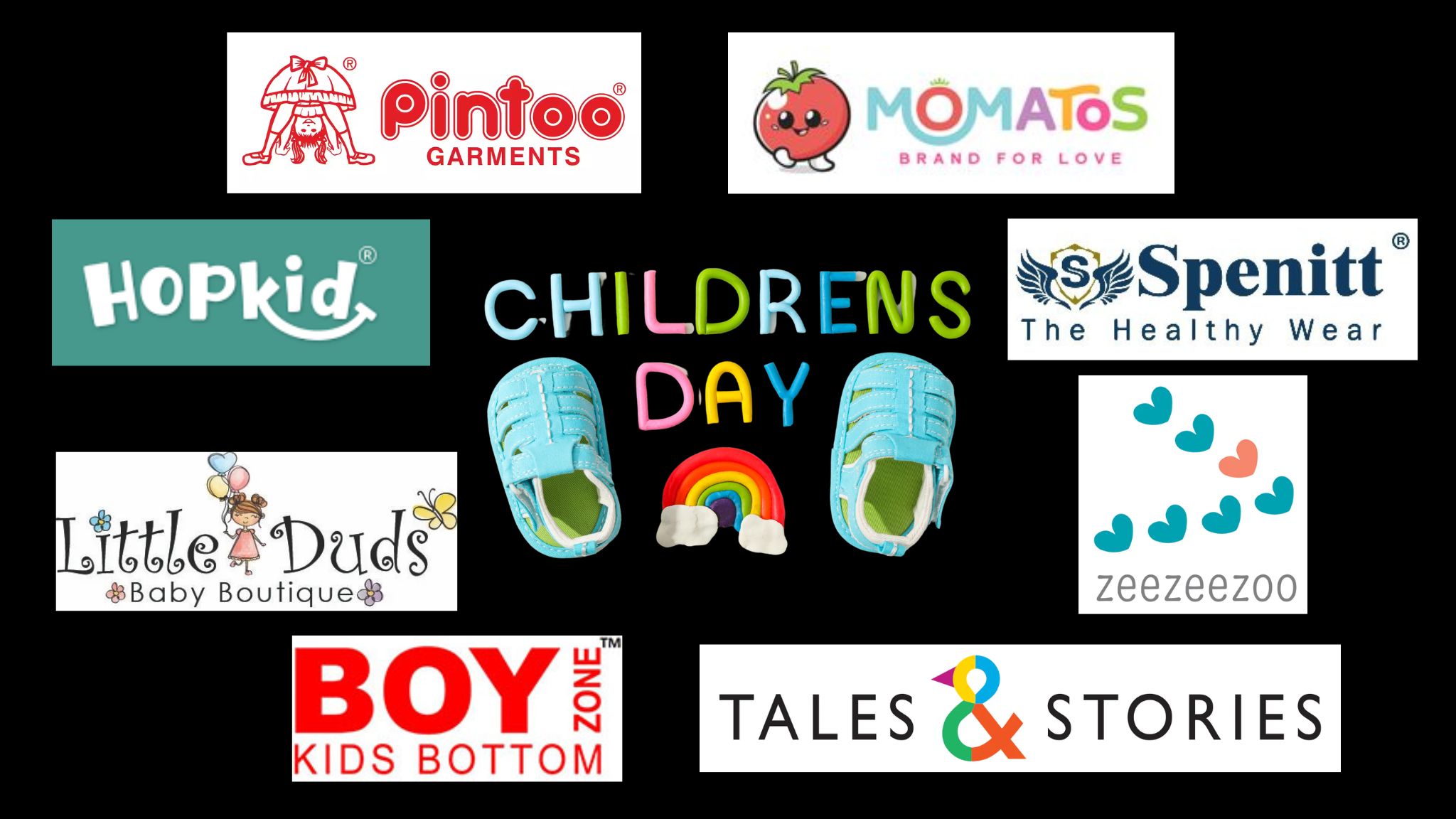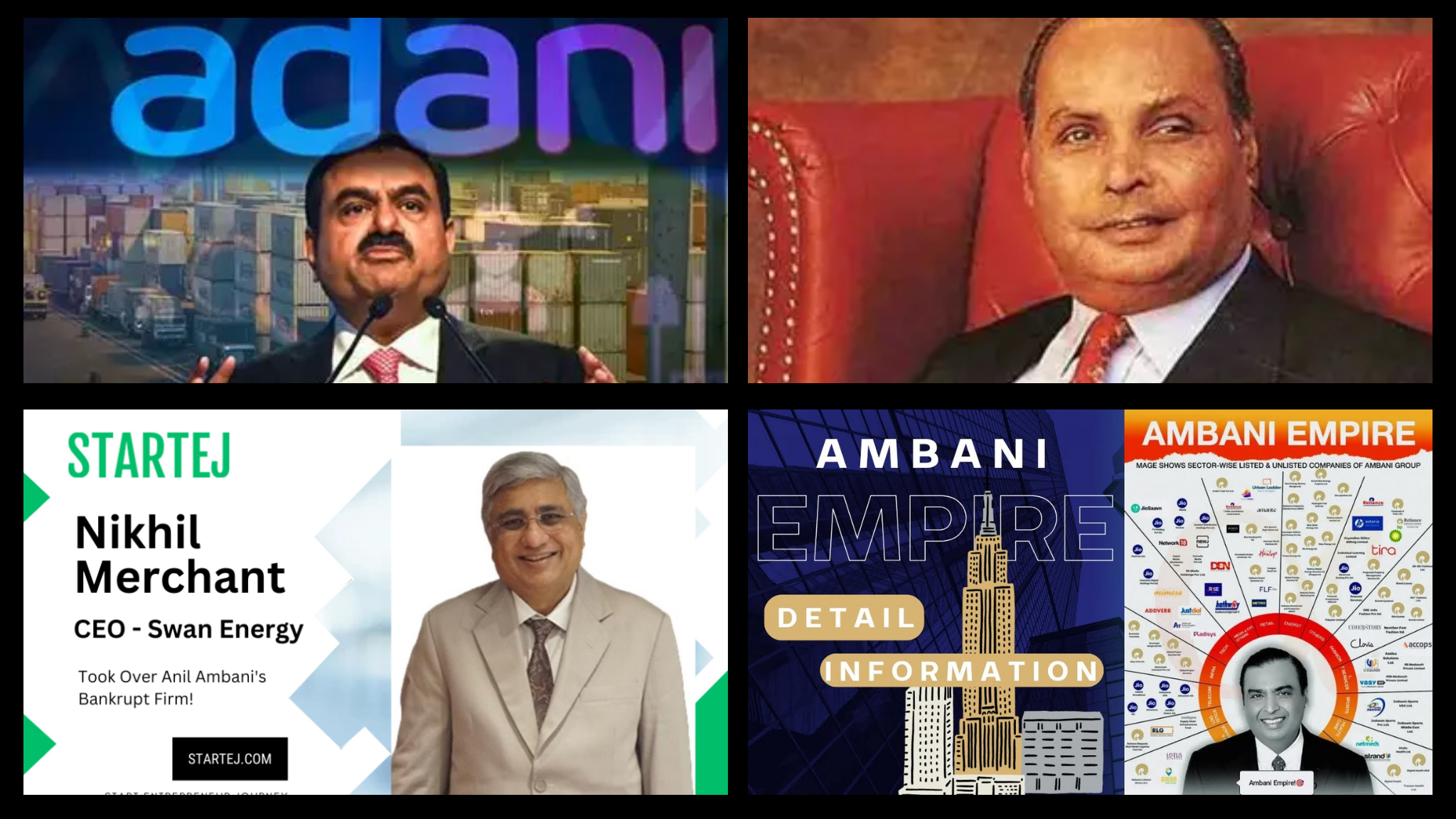You might hear the beat of Garba sticks or a chant of a Bhajan. A Sufi melody echoes softly through the lanes of historic streets. The core of this state has always been music. It vibrates through temples, festivals, and family gatherings. And it goes on, due to the traditional singers.
On World Music Day, Gujarat not only celebrates music but also lives it. From dusty village courtyards to grand stages, melodies unite generations. It’s not merely about rhythm or tune. It’s about emotion, memory, and identity. Music here is not a performance, but it’s an existence.
Artists such as Atul Purohit, Osman Mir, and Hardik Dave still pay tribute to the rich musical heritage of Gujarat. Numerous others proudly keep these evergreen tunes alive and perform them.
However, something fresh and innovative is also emerging alongside that heritage. Artists of a new age are emerging. And rather than dismissing tradition, they are blending it with new sounds and global flavors. These artists make music that remains grounded in deep cultural traditions. But their sound has a modern language that the world can easily comprehend.
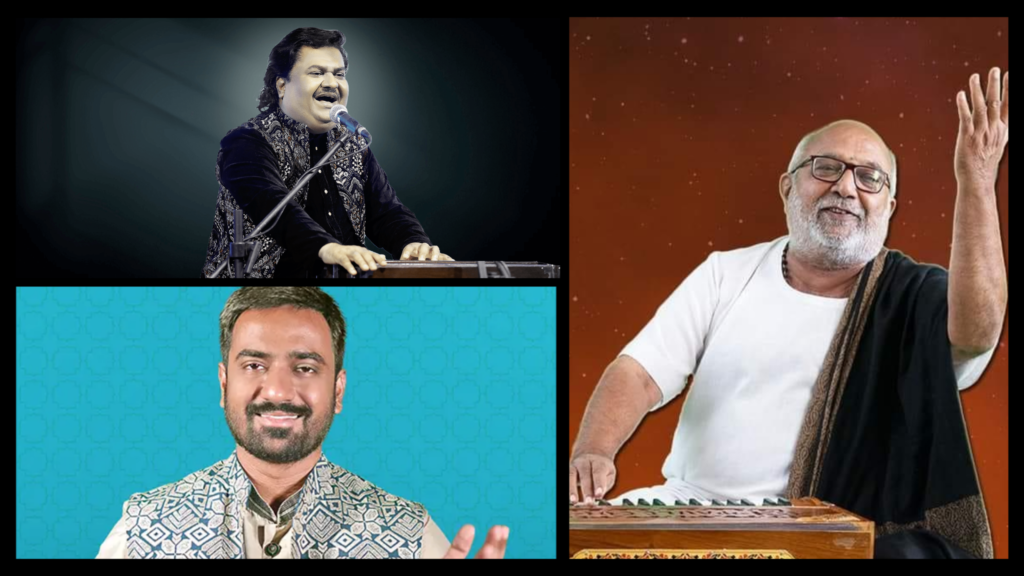
New Beats with Old Roots
It is not old versus new. It is about embracing both simultaneously. Artists such as Hrutul wrap soft, prayerful lyrics in acoustic enchantment. Parth Oza weaves techno beats that make you move and feel alive. But his roots remain firm in eternal classical Indian tradition. And Kinjal Dave turns Dandiya into a celebration of power and pride.
This isn’t noise or nostalgia. It’s a revival where roots meet rhythm, creating music that feels both grounded and globally alive.
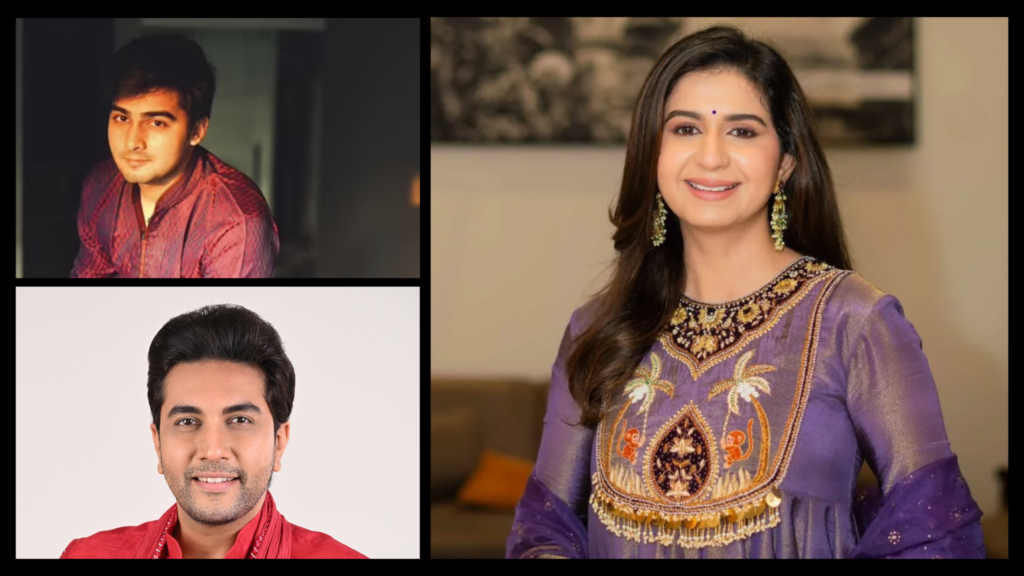
Artists Who Are Shaping the Sound
The artists redefining Gujarat’s music are expanding day by day. Each one offers a distinctive flavour and voice to the music.
- Meghdhanush band takes childhood recollections and folk energy and converts them into bold, creative sounds. Dhanji ignites things on fire in his lines, blending slang, poetry, and life.
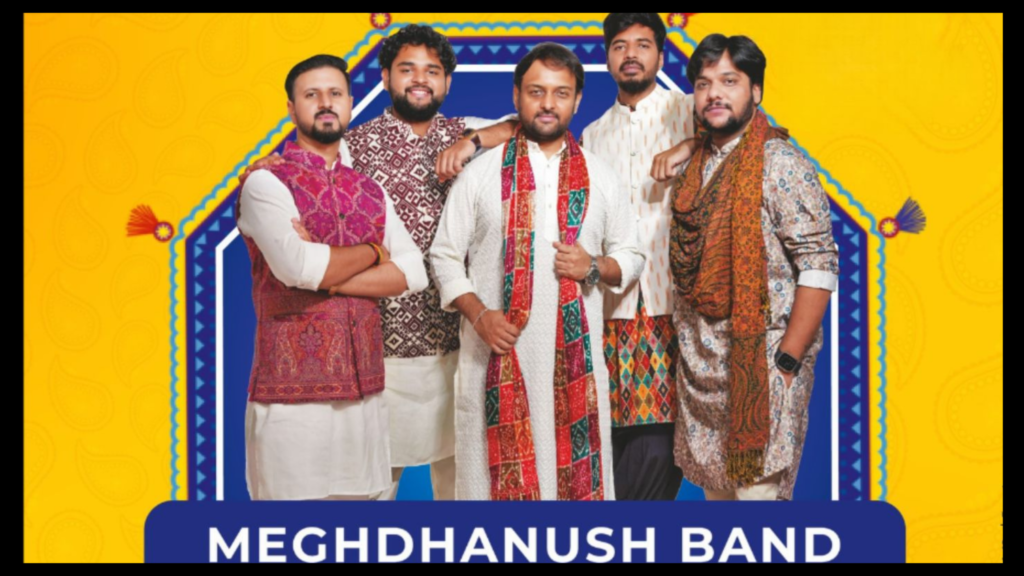
- Jigardan Gadhavi, or Jigrra as he is known, sings with a kind of warmth that stays with you. His songs feel like letters written straight from the heart. There was a reason why Aditya Gadhvi’s Khalasi went viral. His voice captures emotion in its rawest form, whether on Coke Studio or at a grand celebration.
- Aishwarya Majmudar moves between classical and modern, establishing the range of Gujarati voices. She’s a singer who brings respect and drama to every performance.
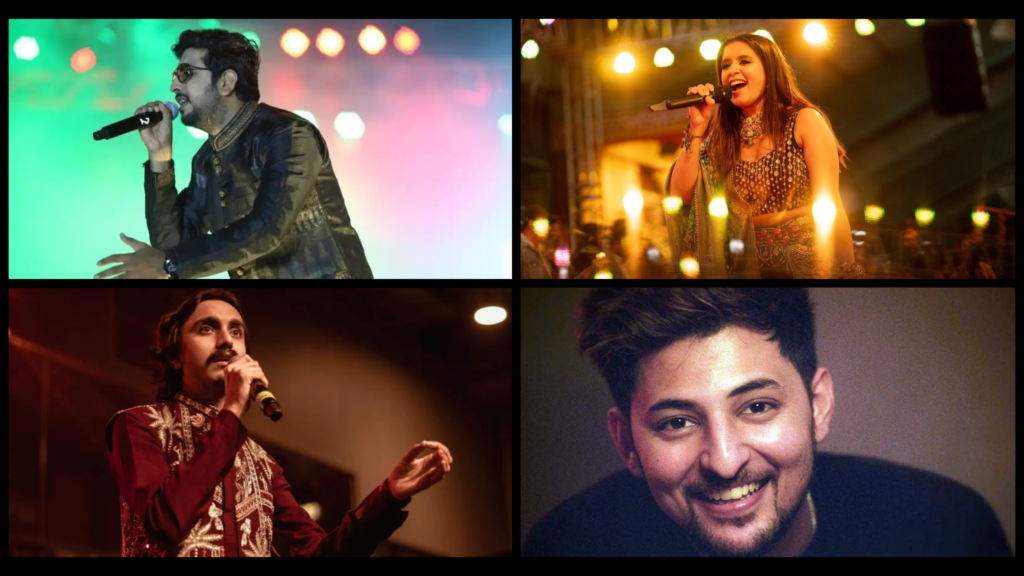
- Osman Mir’s Sufi numbers are like prayers in movement. No introduction is needed for Atul Purohit either. We all danced to his Garba voice when we were kids. Hardik Dave infuses each stage he sets foot on with festive vibes. The air feels electric, and yet a sense of something wonderfully traditional.
- And let’s not forget about Darshan Raval of Ahmedabad, who has built a huge reputation in Bollywood. Or Vadodara’s Bhoomi Trivedi, whose positive and spiritual music combines Gujarat’s boldness with widespread appeal.
- And then there is Studio Treehouse in Ahmedabad. It doesn’t consist of singers, but it is where most of these songs are given life. From composition to recording, it is the behind-the-scenes driving force of this revolution.
- The Tapi Project band is another stunning layer to this soundscape. They merge fusion, emotion, and fearless experimentation into each note. Gujarati music demonstrates there are no bounds to creative imagination.
Each of these artists brings something unique to the mix. But together, they’re a giant voice that’s changing the face of Gujarat we know today through music.
Festivals and Platforms Giving Them a Stage
A couple of years ago, you needed to wait for a music company to discover you. Those days are gone. Today, an artist puts up a song on YouTube or Instagram, and in a matter of hours, it can reach thousands. Platforms like Spotify allow easy access to Gujarati music wherever you are. In your car, at the gym, or even worldwide.
Open mics and college festivals provide space for emerging artists to shine. The audience is not just applauding. They are recording, sharing, and celebrating every beat on the internet.
Studio Treehouse is almost like home to this craft. It is where sound is mixed, ideas become tracks, and dreams become reality. The music is getting better. But so is how we listen to it.
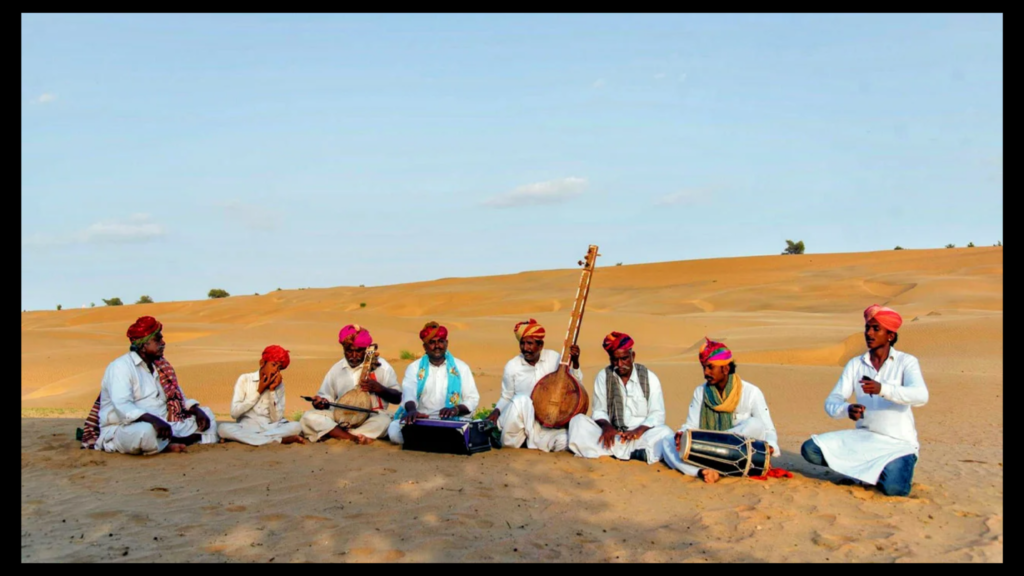
Cultural Roots in Modern Rhythms
Even if the sounds turn modern and electronic, the heart remains desi. The beats are going to be electric, but the lyrics will be about commitment. A rap line can start in Kutchi or Surti Gujarati. The folk songs are getting remixed with new musical instruments, but tell the same old stories.
This isn’t a matter of leaving tradition behind. It’s a matter of reading it in a way that speaks to the next generation. And it is succeeding.
The Impact of Music on Gujarat’s Heritage and Innovation
This is not just entertainment. This is about being connected. Teens are falling in love with their language once again. They are proud to be able to share a Gujarati song in their narrative. Parents are celebrating kids who choose music as a viable career.
And outsiders are paying attention. It is no longer a music culture that plays in the background. It is loud and emotive and open. It is altering how people perceive Gujarat itself. Not just business, not just Garba. But culture, art, and voice.
Conclusion
Something beautiful is happening in Gujarat. Past and present go hand in hand. Old instruments giving rise to new melodies. Younger voices carrying older prayers. From dance festivals to recording studios, from small towns to international stages, Gujarat music is finding its groove. Furthermore, the best is still to come.
Join Gujpreneur to connect, collaborate, and grow with Gujarat’s vibrant creative community. Your musical path is worthy of the appropriate stage.

